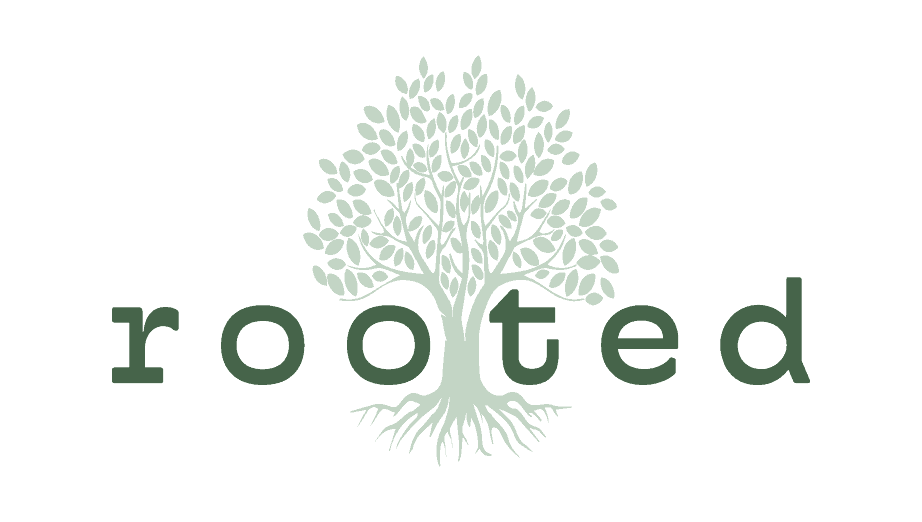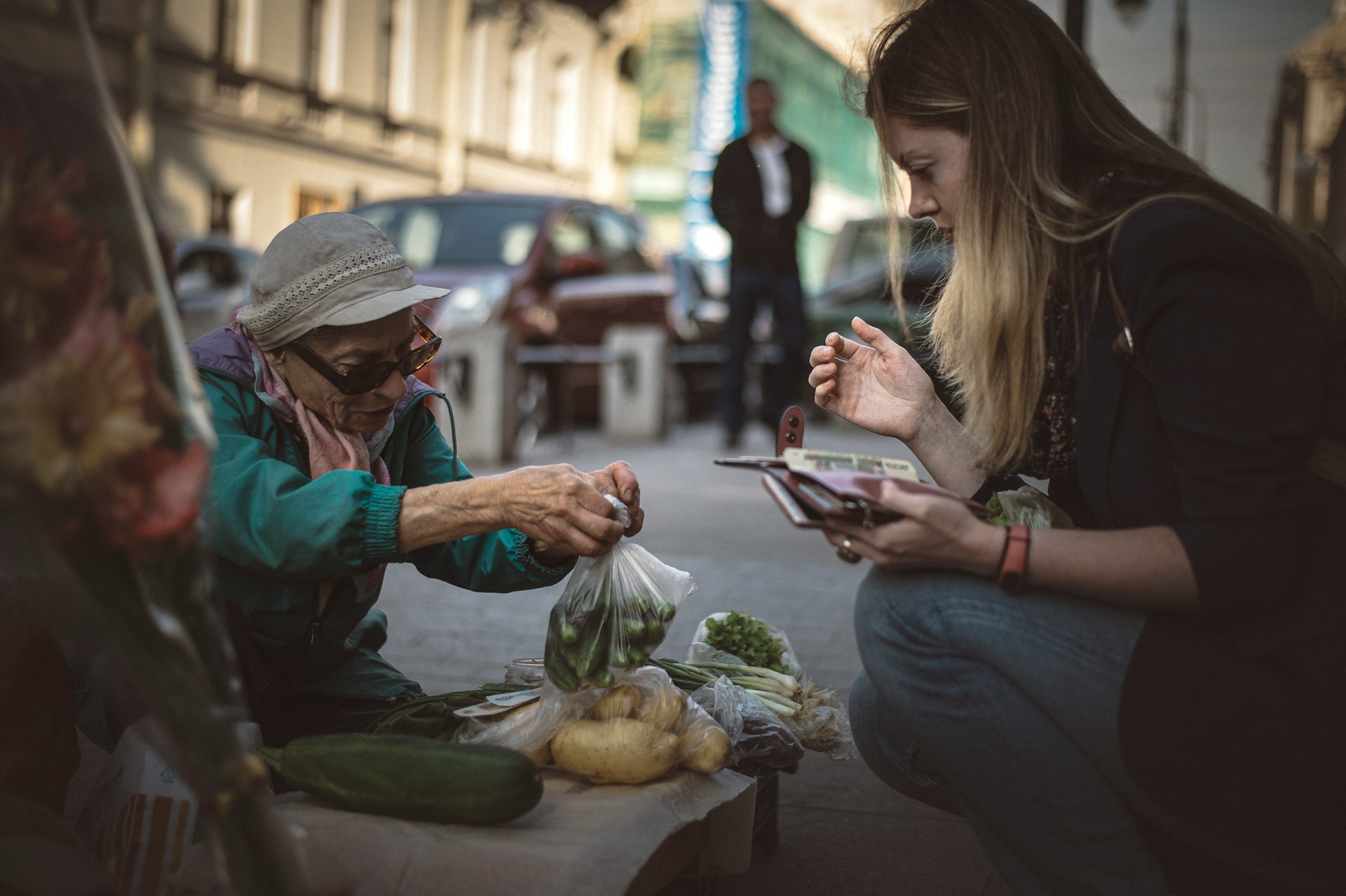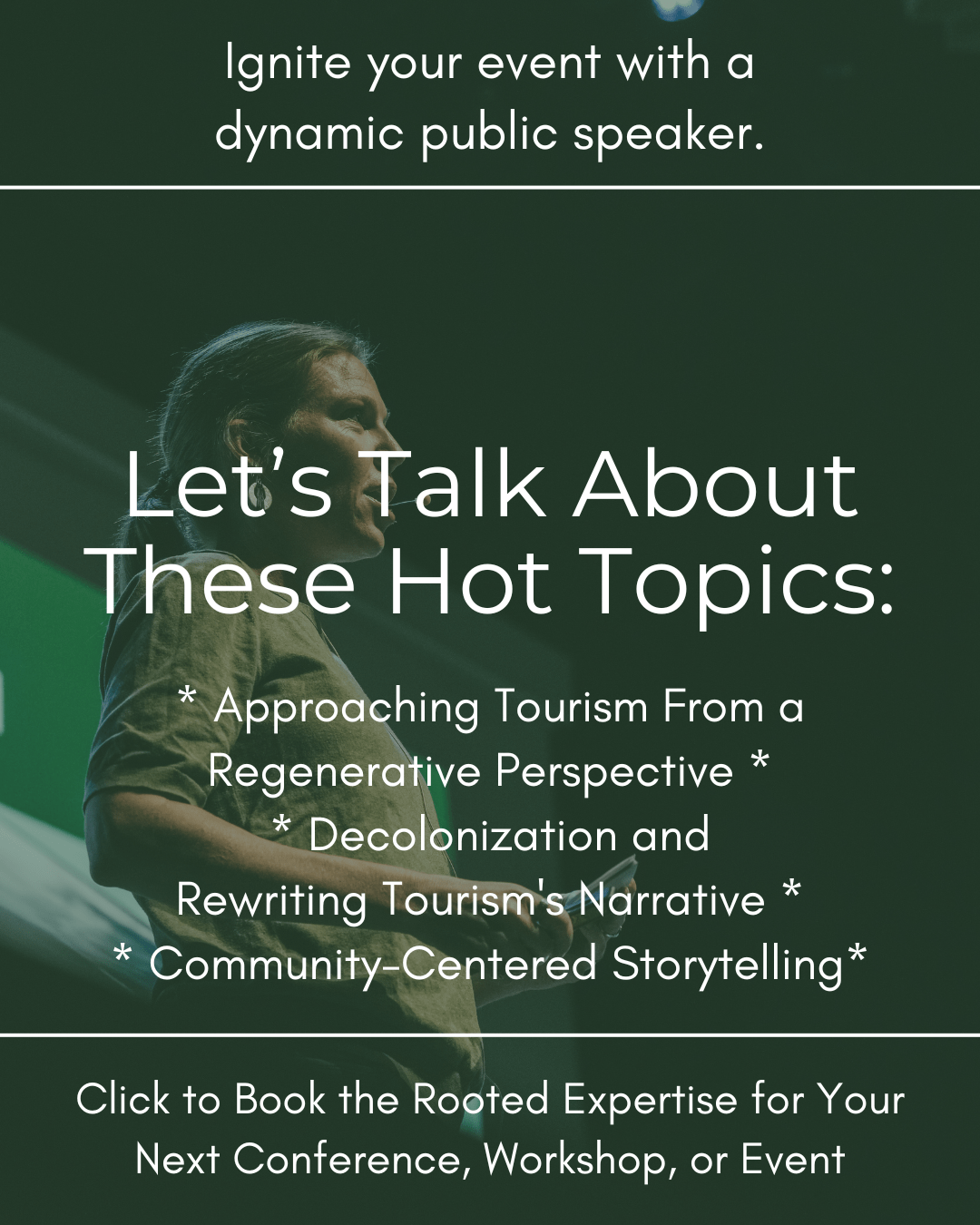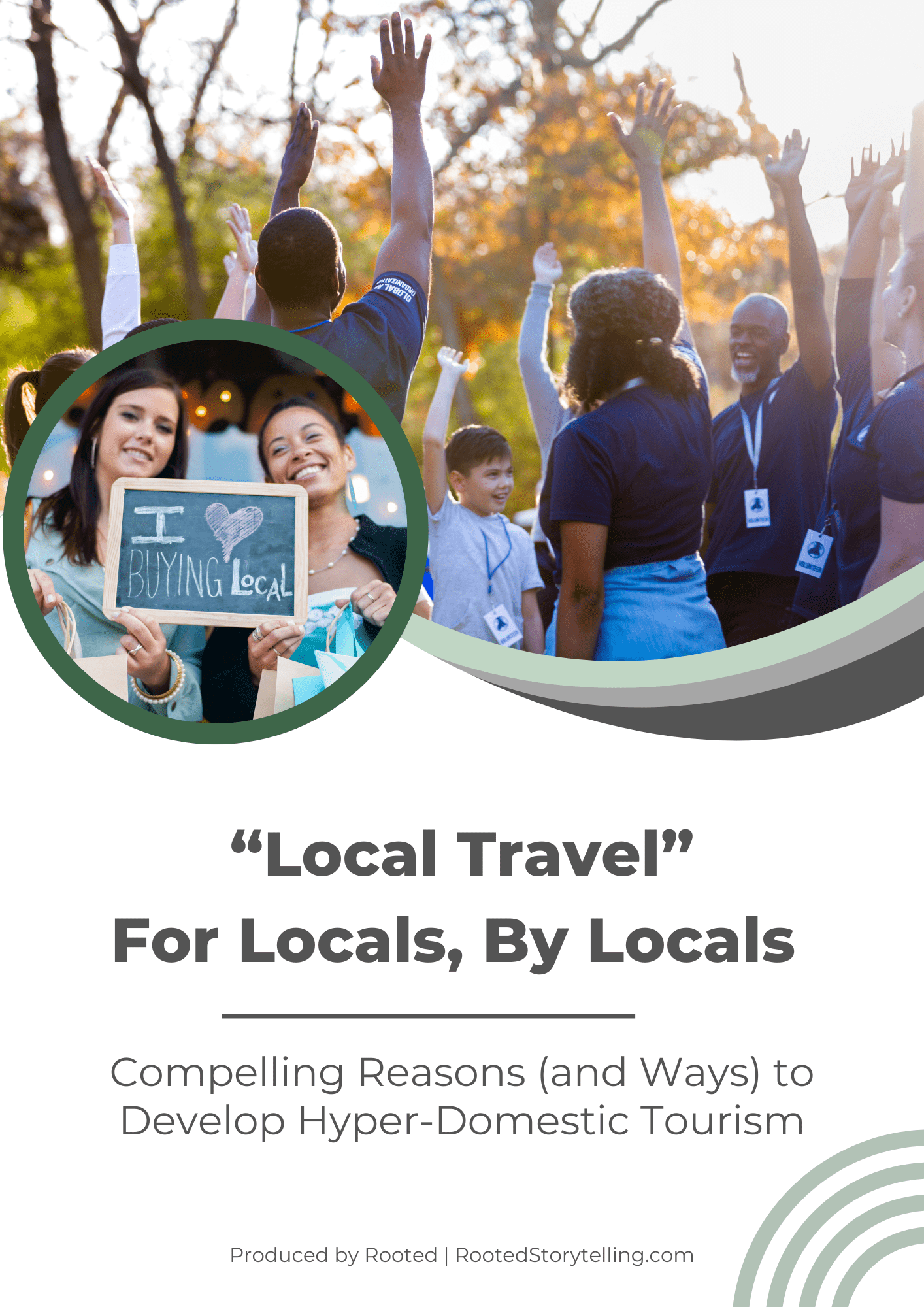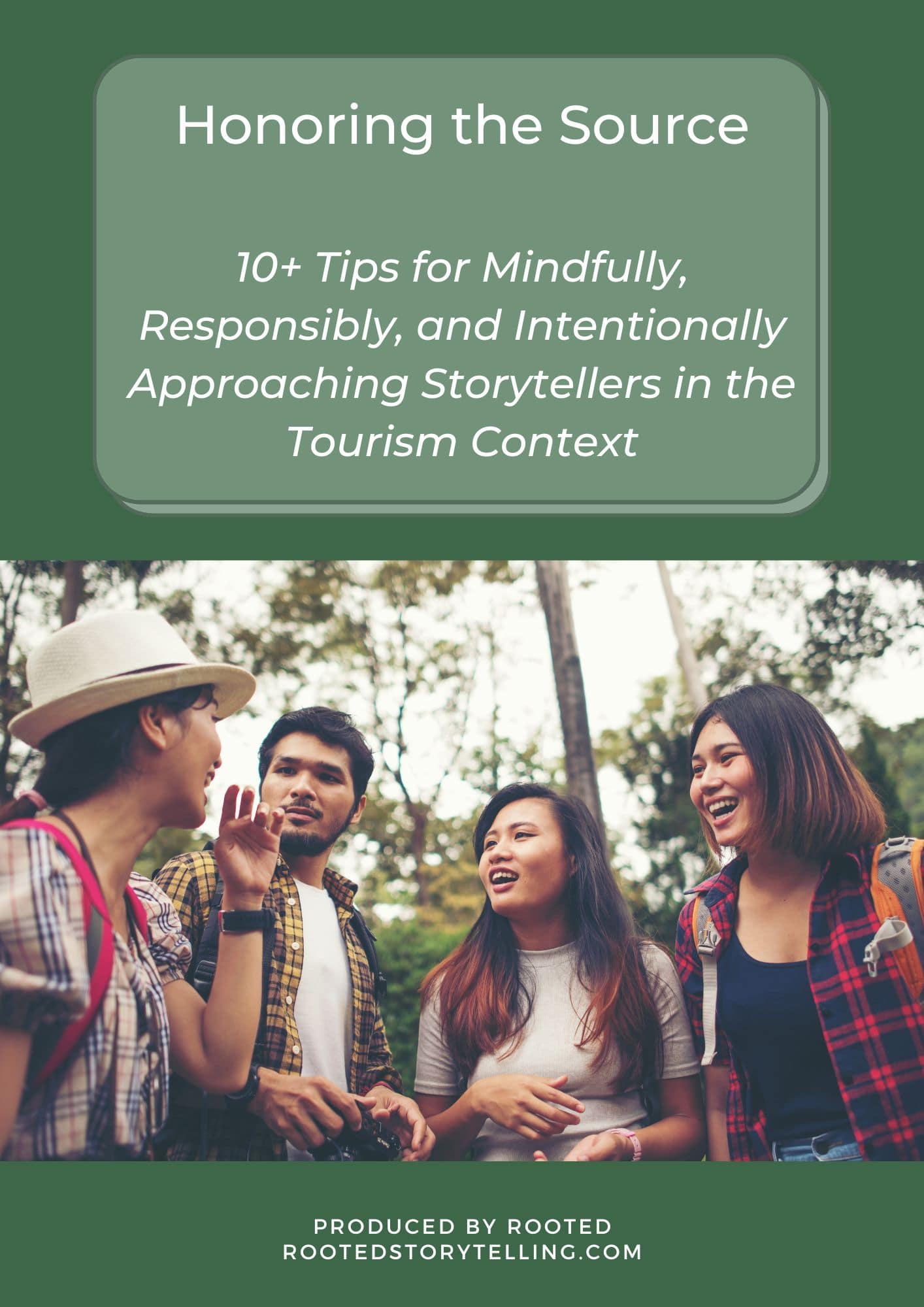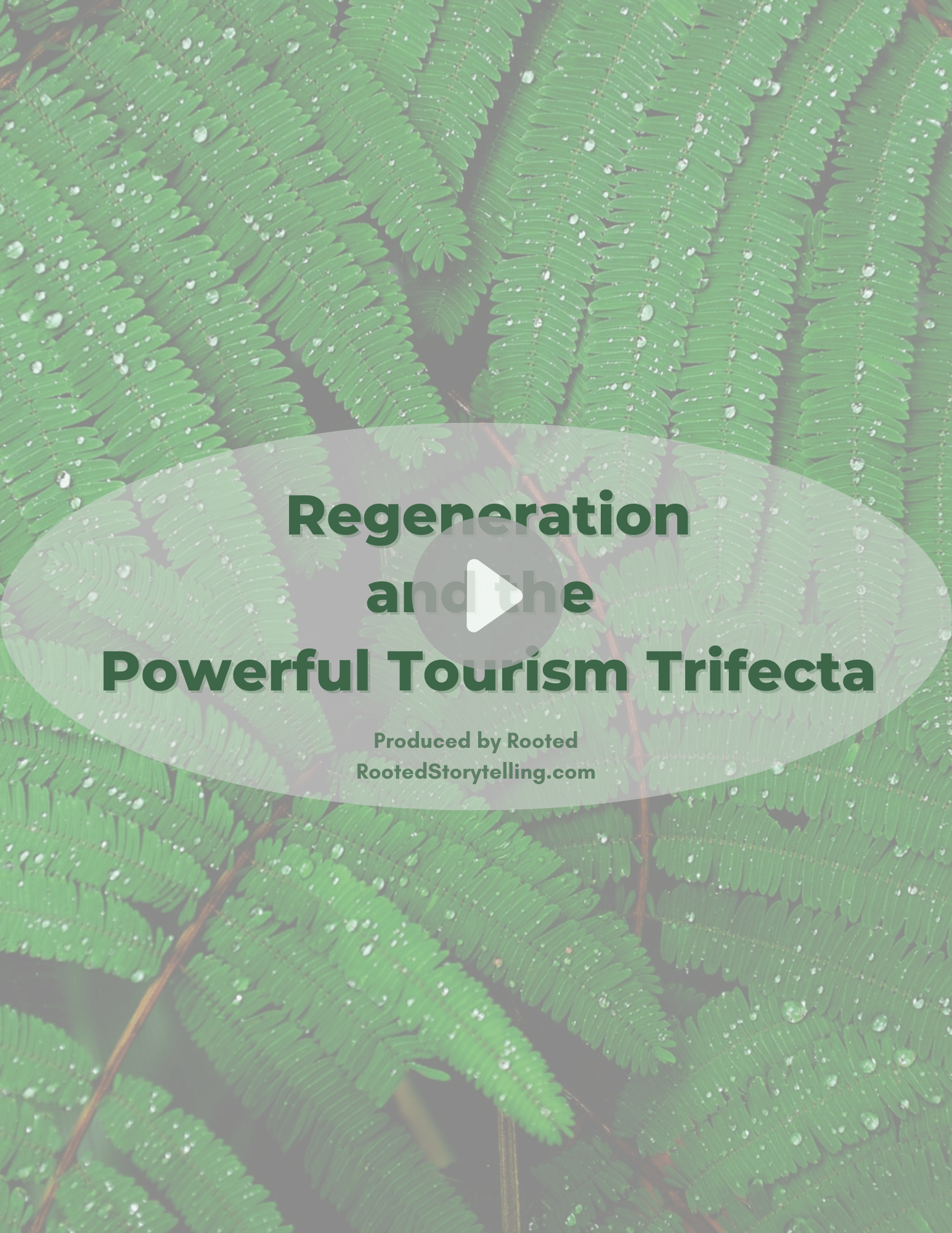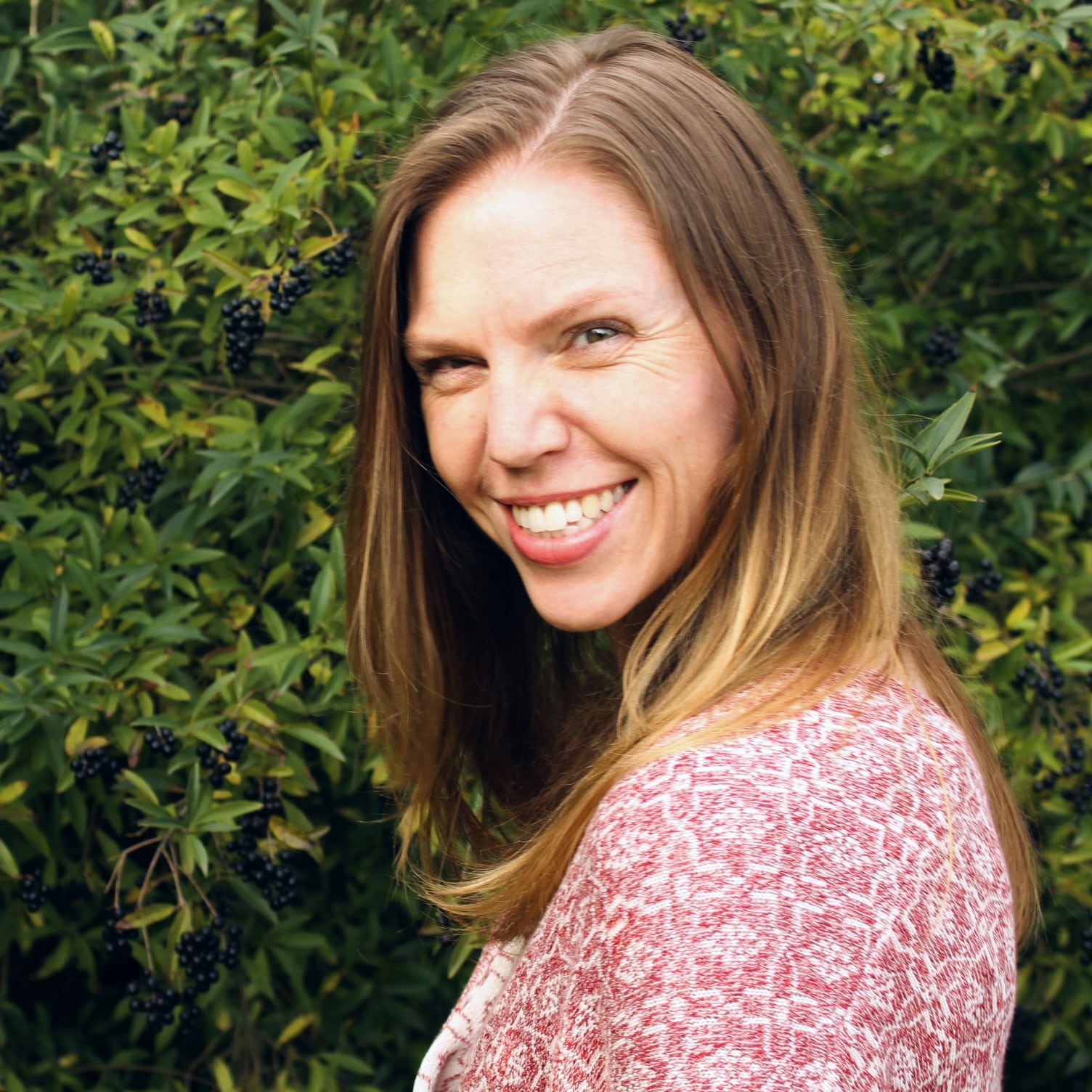In This Article:
In a refreshing change of pace, Booking.com’s 2025 annual research report focused on travelers' awareness of tourism’s impact instead of their (in)action related to traveling sustainably.
As always, it’s important to be mindful of who is included in the sampling population, in this case 32,000 people identified as “travelers” by Booking.com in 34 countries. Nonetheless, it’s worth highlighting a few significant findings:
- 53% of respondents are conscious of tourism’s impact on local communities and the environment.
- 84% of respondents say traveling sustainably is important to them
- 93% want to make more sustainable travel choices and, to some extent, have done so.
- 69% want to leave places better than when they arrived.
Let’s pull the thread on that last stat just a bit more. “Leaving places better” can mean a lot of things from picking up garbage to ensuring the money spent in a place stays there. This catchphrase pairs with the nebulous concept of “giving back.” Together, they often form the bedrock of what is now considered “regenerative tourism.”
This is, of course, simplifying a multi-faceted concept in which tourism supports holistic community wellbeing. Setting the jargon aside, the intention of “doing good” through travel is worthwhile and the emerging response is long overdue. The tourism industry is acknowledging travelers’ desire to “leave places better” and “give back.” Additionally, they increasingly recognize the importance of fostering strong connections with the people and places they touch and influence in the course of their work.
Tour operators, for example, are hiring local guides and seeking out local accommodations for their itineraries. Destination marketing and management organizations (DMOs) have been more intentional in highlighting local businesses and lesser-known aspects of a place. And service providers in general have been more publicly sharing how they interact with local communities. Even international chains have been emphasizing how their presence impacts local residents; whether these are cases of local-washing or not is another question.
So the desire to more positively and intentionally connect with local communities exists for travelers. And the intention to make that happen is on the mind of those working across the tourism ecosystem. But the question still remains of how to work with local communities and partners, and how to nurture these relationships, in a way that is community-centric and regenerative for the people who call these places home.
The Connection Between Working with Local Partners and Regenerative Tourism
The most important thing about regenerative tourism is that it’s not about tourism. Instead, as noted by Anna Pollock, “tourism has the potential to become an agent of positive transformation that can contribute to a better quality of life for all.” In other words, tourism is one of many tools that communities can use to support their efforts of creating a healthy, safe, equitable, and sustainable ecosystem in which residents and the environment flourish.
This is the model in which tourism can responsibly “give back” and “leave a place better.” And within this framework, tourism should be shaped and delivered in partnership so that a community’s needs are prioritized — not travelers’ or the tourism industry’s desire to “feel good” or “do the right thing.”
Local stakeholders and residents are the people who best know their history, culture, societal structures, strengths, challenges, and opportunities. A regenerative approach to working with these local partners means integrating tourism into the community so that it emphasizes potential and capabilities. Local people should be at the center of and the heroes of their own story. “Authenticity” is found in what is uniquely genuine; not in what is shaped in a traveler’s imagination. This is the beauty of true community-centric and -based tourism, especially if it’s communicated well to potential travelers.
Additionally, tourism that is mutually beneficial for communities and visitors requires transparent partnerships and collaborations that are specifically context- and place-based. They should also be open to adopting inclusive business models that embrace diversity and complexity. This might mean exploring new and/or unconventional ways of approaching how tourism is woven into the societal fabric.
In other words, striving for “regenerative tourism” when working with local partners is not about developing community tourism opportunities. Rather, it means considering how tourism can support and improve a place’s biodiversity and wider social, cultural, and economic ecosystem.
Building Place-Based Relationships with Local Partners and Regenerative Community Participation
It is good news that, generally speaking, travelers want to minimize their negative impact and the tourism industry wants to create conditions so this is possible. But building the relationships that mitigate power dynamics, address community complexity, and deliver on this interest does not happen overnight.
Here are a few things to consider when working with local partners within the framework of community participation, their sense of place, and regenerative community-focused tourism:
The Community Partners in the Partnership
Tourism is historically an extractive industry. Travelers and the services underpinning their needs have selfishly taken from the places and people they’ve touched. Creating a true partnership requires actively avoiding extraction and exploitation. Doing this requires reimagining and delivering tourism in a new way.
That is hard work, and it’s work the tourism industry largely needs to shoulder while listening to, learning from, and working with local communities. It takes time. It requires being open to new ways of thinking and being. It’s also an awesome opportunity to grow and thrive together as everyone brings their strengths to the table.
Acknowledging and Repairing Past Harms: Not All Support is Visible
Keeping in mind tourism may have caused harm to a community in the past, it is appropriate to acknowledge those harms and ask what can and should be done to repair relationships and trust moving forward.
While the optics are appealing when travelers can see how they are “giving back,” sometimes it is appropriate to support local partners and communities in ways that don’t explicitly look obvious to travelers. This could take the form of funding reparations, providing financial support without strings attached, or investing in microfinance programs unrelated to tourism.
There is No One-Size-Fits-All Community Tourism Blueprint
Every community is uniquely different, and the partnerships and relationships fostered within each will be different. This means there is no single blueprint or checklist detailing how to craft and deliver impactful local experiences that benefit communities and please travelers. In fact, such a roadmap would be counter to a regenerative approach because scalability aligns with an industrial way of thinking.
Certainly there is value in learning from others about how partnerships and collaborations work, and what community tourism looks like in other places. But when it comes to creating and supporting the place-based ecosystems within which travel experiences happen, it’s important to make space for relational thinking and locally focused questions, concerns, solutions, and ideas.
Be Open to New Measures of Success
Success in the tourism industry is still primarily tied to growth, but that might not be the goal local partners want to chase. Perhaps their goal of introducing tourism into their community is to create economic stability so families can afford to send their kids to school, or maybe they’re hoping it’s a compelling reason to protect an endangered local craft or tradition.
Community tourism developed and delivered through mindful co-creation and collaboration can provide resilience and an increased quality of life — but neither of those is contingent on exponential growth. Be willing to rethink what successful tourism means and adopt a mindset that doesn’t necessarily hinge on outdated measurements of success.
A Single Question That Empowers Community Tourism Partners (and Takes the Focus Off You)
The interest in developing appropriate and ethical relationships with community partners is laced with good intentions. This evolution seems to be a shift from how local communities benefit tourism to how tourism can benefit local communities: “How can you help us?” to “How can we help you?”
However, centering communities in the decision-making process and moving away from top-down management and communication requires giving more control to those communities with whom tour companies and other service providers interact, partner, collaborate, and co-create.
With that in mind, it’s time to make another shift in the context of community partnerships, this time from “How can we help you?” to “How can we be useful to you?”
There are several important reasons to adopt this new mindset and language choice:
It shifts the power dynamics within the relationship.
When you offer or give something to someone else, you have something they do not have. “Help” is something that is offered or given. Offering “help” in the tourism context might mean providing jobs or donating a portion of funds to a local charity. The travel service provider is in the position of power because it holds the product, service, or benefit that is given to the local community.
Asking how you can be useful isn’t about giving something you have (“I am the gatekeeper”) but asking someone to identify what they want or need (“you are the decision-maker”). This puts the potential of tourism within the community in your partner’s hands. It is a far more empowering question.
It decenters the travel service provider.
Shifting the power away from you (the travel service provider) also decenters you, your needs, and your desires — and, by extension, the needs and desires of travelers. “How can I help you?” focuses on how you are the provider and savior. “How can I be useful to you?” focuses on the community partner’s needs. You are not the focus of this conversation, transaction, or situation. The community is.
There is also a grammatical note of interest that demonstrates this decentering: The subject of a sentence does and the object of a sentence receives. The subject is the thing that performs the action and the object is the thing impacted by the action. In the sentence “How can I help you?,” I is the subject (performer) of the sentence and you is the object (receiver) of the sentence.
Another way of asking the question “How can I be useful to you?” is “How can you use me?” In this case, you (your community partner) is the subject and me is the object.
Ongoing “help” can lead to learned helplessness.
“Help” is a weighted word. It’s been thrown around by charities and the NGO world, and splashed across fundraising campaigns. While many organizations interested in helping mean well, there’s no way to shed the baggage and saviorism connotation tied to “help.”
Communities and people on the receiving end of “help,” especially for prolonged periods of time, may fall into patterns of learned helplessness. Learned helplessness is when people become conditioned to believe their situation is unchangeable. Taking this one step further, they may come to rely on others to fully recognize and realize their full potential.
Presumably, these are not the conditions we want to create in the tourism industry. If the intention is to empower communities to become storytellers, vocal stakeholders, and collaborators in a vision of tourism that respects, celebrates, and benefits all people and places, perhaps it’s time to ask a new question about how to get there.
Are you ready to take action?
Start with these resources.
